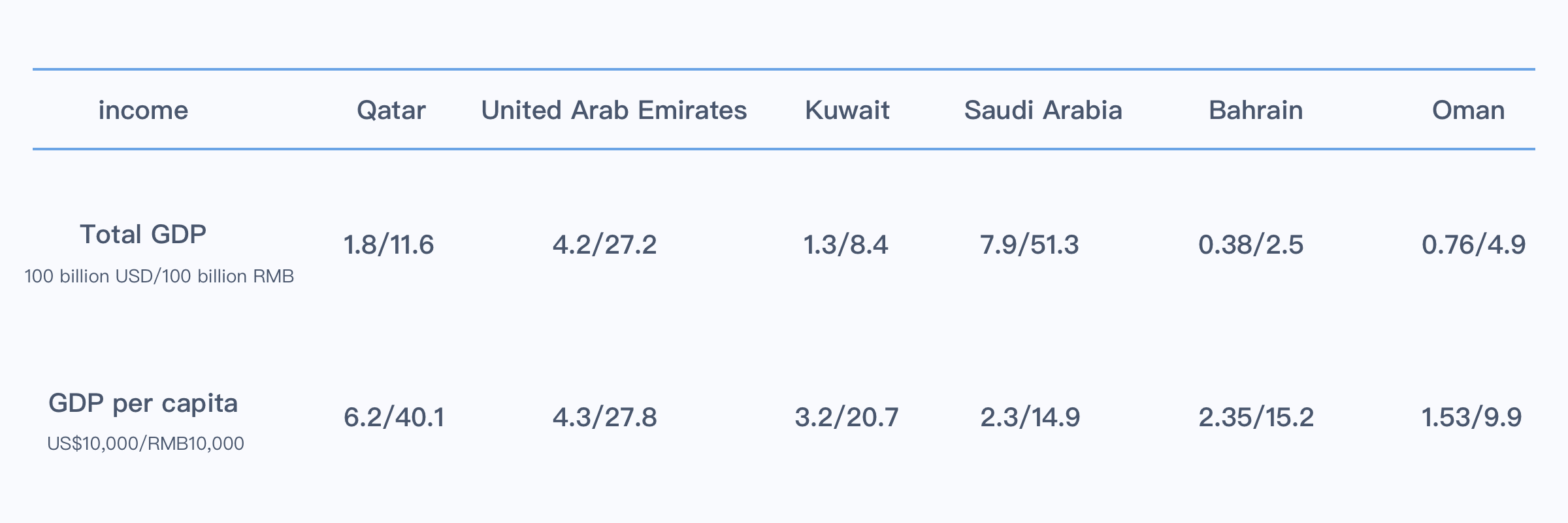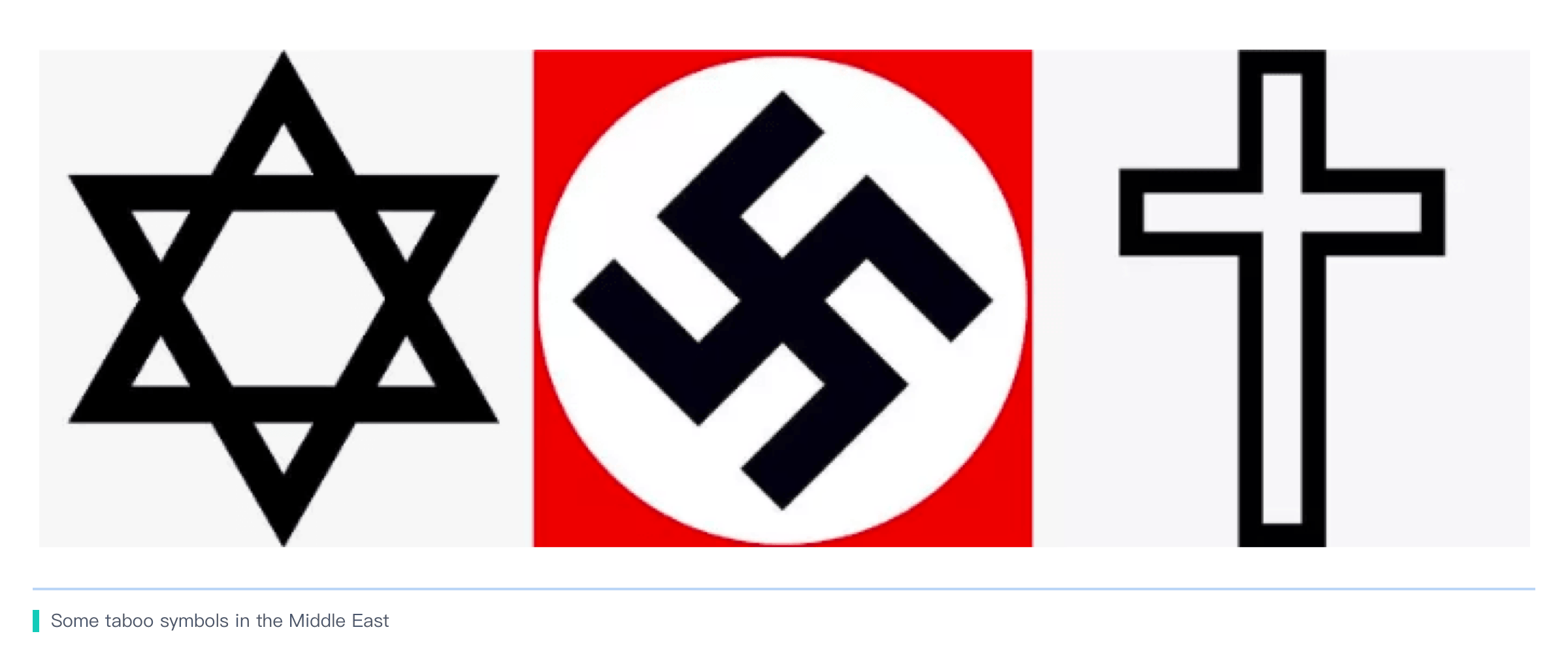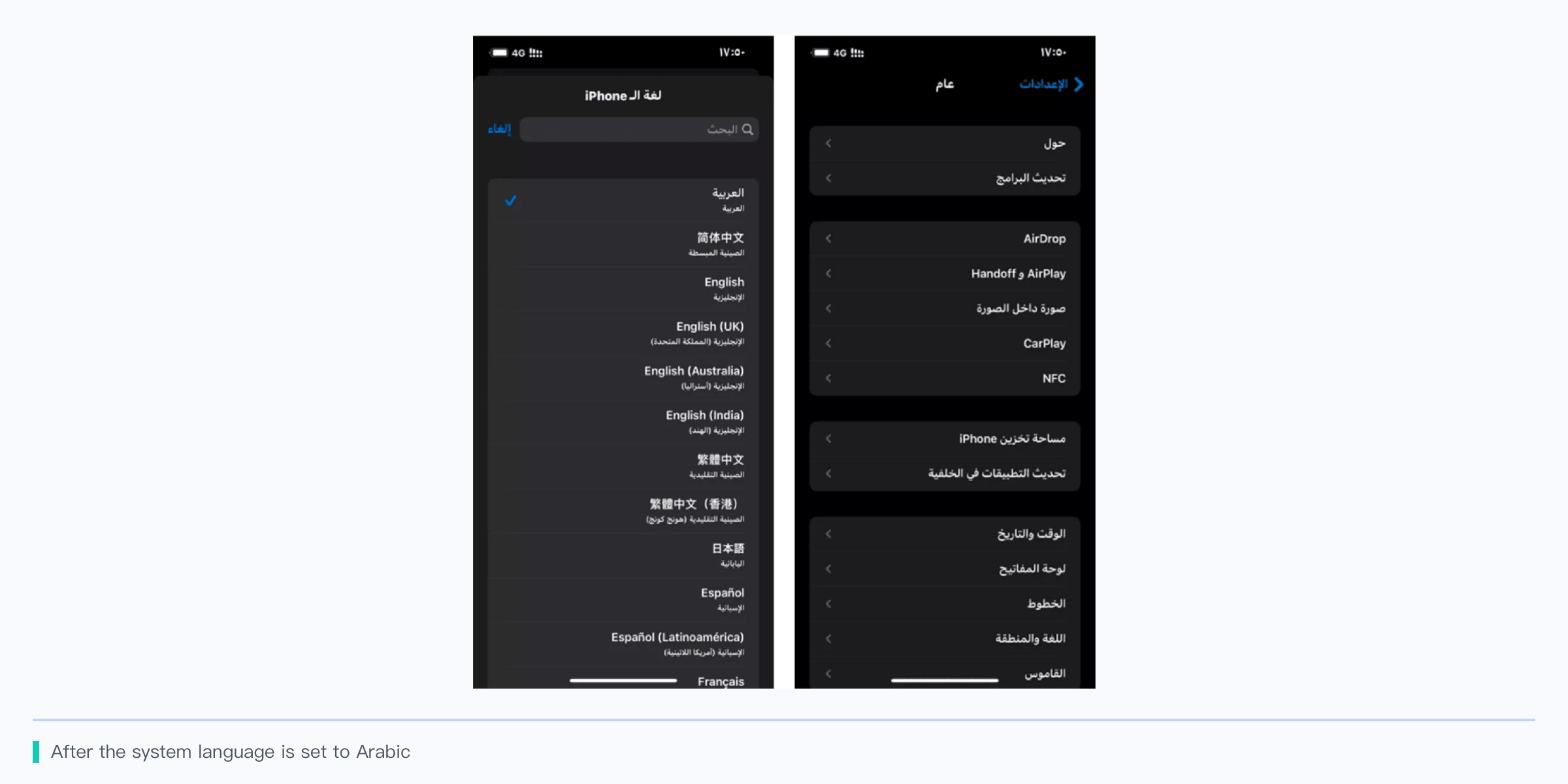< BACK TO ALL BLOGS
What kind of SaaS risk control infrastructure do companies entering the Middle East market need?
Aug 2, 2023
In the Middle East, the "modernity" of economy and technology and the "tradition" of culture are deeply integrated. With the gradual improvement of mobile Internet construction, the Middle East region has gradually stimulated a huge demand for Internet consumption. Emerging Internet industries such as e-commerce, social networking, audio and video have become new hot spots in the Middle East market, and the Middle East has also become a new blue ocean market for going overseas.
The Middle East is a High-income, High-consumption Market
Qatar, the United Arab Emirates, Kuwait, Saudi Arabia, Bahrain and Oman are members of the Gulf Cooperation Council - the Gulf Cooperation Council (GCC). These six countries are also the Gulf Arab countries with the strongest consumption capacity in the Middle East. The main population here is Arabs who believe in Islam, and Arabic is the main language in an absolute position.

The six countries in the Gulf region also show a clear trend of high income. According to World Bank data, the GDP of each country in 2019:

At a high income level, the GCC countries also show extremely high Internet penetration rates and modernized network construction. The total population of the UAE is less than 100 million, nearly 90% of which are urban. The UAE is a world leader in 5G deployment and other network aspects, with a network penetration rate of 98%, making it the country with the highest Internet penetration rate in the Middle East.
In 2020, Kuwait's network penetration rate will reach 99%, and the country has more than 4.2 million Internet users. In the same year, the number of Internet users in Saudi Arabia, the largest economy and largest consumer market in the Middle East, reached 32.23 million, with a network penetration rate of 93%.
Overall, among the total population of about 500 million in the Middle East, there are nearly 300 million Internet users, and the overall Internet penetration rate can reach 58.7%, which is higher than the world average. Analyzed by age, the population under the age of 25 accounts for about 50% in the Middle East. All these factors have shaped the Middle East into a young, wealthy and dynamic market. And this kind of demographic dividend for young people is very similar to the Chinese market in the era of "enclosure and horse racing", and has huge development potential and potential market size in various sub-sectors of the mobile Internet market.

In terms of consumption willingness, the Middle East region also shows extremely high consumption enthusiasm and consumption power. According to a 2020 report by the discount website Picodi, each Saudi Arabian woman spends an average of US$909 on cosmetics per year, which is close to twice the consumption of British women ($505) and more than nine times that of Chinese women’s average water products (about US$100). According to the statistics of Shein, a very competitive overseas e-commerce brand in the Middle East, the single consumption amount of Middle Eastern users on the Shein platform can often reach more than 200 US dollars, and the average order price is higher than the 150 US dollars in the United States.
Only by Understanding the Tradition and Modernity of the Middle East can We Do a Good Job of Localization
Most countries in the Middle East regard Islam as the state religion, and even countries that do not make it the state religion are widely influenced by Islamic culture. And this kind of influence is very far-reaching, for example, even in the game, there are designs designed to avoid sensitive factors: female characters must have clothes covering the whole body, and cannot expose arms and other "shame bodies"; pigs are prohibited in animal design, alcohol is prohibited in the food system; sensitive elements such as crosses cannot appear in art design and decoration design.
In terms of Islamic religion, the Koran, religious publications, mosques, Islamic temples, pig images, pig cartoon patterns, pork, pig skin and other pig elements are sensitive elements, and special attention should be paid to them. Whether it's "Second Senior Brother", "Pigman" or "Peppa Pig", no matter how cute they are, they won't work in the Middle East.

In addition to the taboos of Islam itself, the symbols and symbols of other religions are also strictly controlled images, such as the Judaic six-pointed star, the swastika of the Nazi party, the Christian cross, and related patterns of Buddhism, Hinduism, Taoism, Satanism, Freemasonry and other religions, as well as figures with religious symbolic meanings such as Jesus, Santa Claus, and Buddha statues. Products with related symbols are also strictly prohibited in the Middle East.

In terms of social behavior, countries in many regions generally have taboos on social behaviors that expose sensitive parts of the body, such as the triangle, chest, buttocks, and back. On the e-commerce platforms in the Middle East, swimsuits, underwear, and even sexy lingerie are all products that sell well. However, product details pages often do not have models displayed but direct product pictures. This "modern" and "traditional" economic and cultural atmosphere under the general trend of mobile Internet often leads to some interesting and different compliance requirements and new definitions of content security.
In addition, words that are vulgar, promote homosexuality, talk about sex, etc. are all defined as inappropriate words. Common elements or images such as dice, playing cards, camouflage, skulls, and toy guns also belong to the category involving gambling, horror, and violence, and are considered taboo in any scene. Common items such as remote-controlled aircraft, controlled knives, electric mosquito swatters, darts, walkie-talkies, telescopes, drones, recording equipment (including recording pens), laser pointers, etc. are also listed as sensitive due to privacy and national security issues. As for food and clothing, tobacco, alcohol, drugs and even wine glasses and wine making utensils are all controlled items. All of the above will be highly concerned about the content review of Middle East companies going overseas.
The Language is Complex, and Human-machine Collaboration is the Key
In addition to cultural factors, language is actually a major cultural feature of the Middle East. Arabic belongs to the Semitic language family and is a phonemic script using the Arabic alphabet, written from right to left. Compared with Chinese characters, which have both onomatopoeia and pictophony, they are written from left to right. It can be said that Arabic looks more like a "book from the sky" to Chinese people than English.
The habit of writing from right to left in Arabic not only affects the writing and reading of characters, but also has a far-reaching impact as the carrier of characters enters smart devices. If you change the language to Arabic in the mobile phone, you can observe that not only the text has changed, but compared with the Chinese interface, the UI design, alignment, element layout, and interactive operations of the entire interface are reversed from left to right. This represents a kind of operation and usage habits of smart devices that are completely opposite to those in China.

The reverse reconstruction of the iPhone interface APP whose operation interface is mirrored on the left and right has also taken up a lot of time and energy for overseas companies. There was once a domestic game company that spent 3 months on the UI transformation of the Arabic version when it went to the Middle East market. It can be seen that this writing habit has had a fundamental impact on the acquisition and display of information.
Is it possible to construct a set of machine-based auditing solutions for the Arabic language, with the advanced auditing method of "human-machine integration" such as domestic artificial intelligence audit + manual review, and put it in front of a dedicated Arabic-language human audit, so as to save the cost of human audit as much as possible and reduce the use of Arabic-language related professionals.
Based on in-depth research on Middle East culture and Arabic language, NEXTDATA has specially launched the Arabic language recognition function on the basis of the increasingly perfect exclusive visual recognition function in the Middle East. Relying on the highly accurate recognition model, the precise recognition of Arabic characters and Arabic audio content appearing in pictures, video images and text content is realized. In addition, based on the research on laws, regulations, customs and culture in the Middle East, a sensitive thesaurus has been specially set up, covering common content risk classifications with rich subdivision tags. Compared with the traditional full-text translation and the "translation-type" product idea of exploring the whole picture, NEXTDATA Arabic Language Recognition has realized a complete, reliable, and precisely positioned "risk identification" product at a lower cost that cannot be realized by translation alone.
In addition, the solution adopts the combination method of "preprocessing + strategic product call". Source information such as video streams first undergoes preprocessing technologies such as frame truncating, OCR processing, and noise reduction processing, and then invokes Arabic-related text and audio recognition capabilities, thereby supporting the Arabic language recognition of video/video streams, audio/audio streams, and texts. The Arabic language recognition capabilities can be expanded on the basis of existing visual recognition functions such as pictures and video screens to form comprehensive recognition capabilities for sounds, pictures, and characters.






